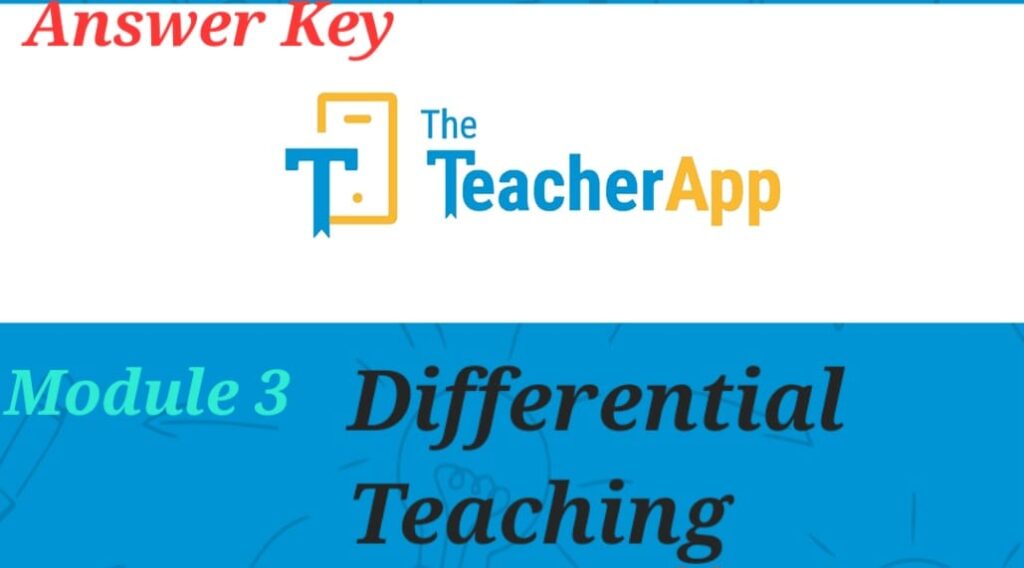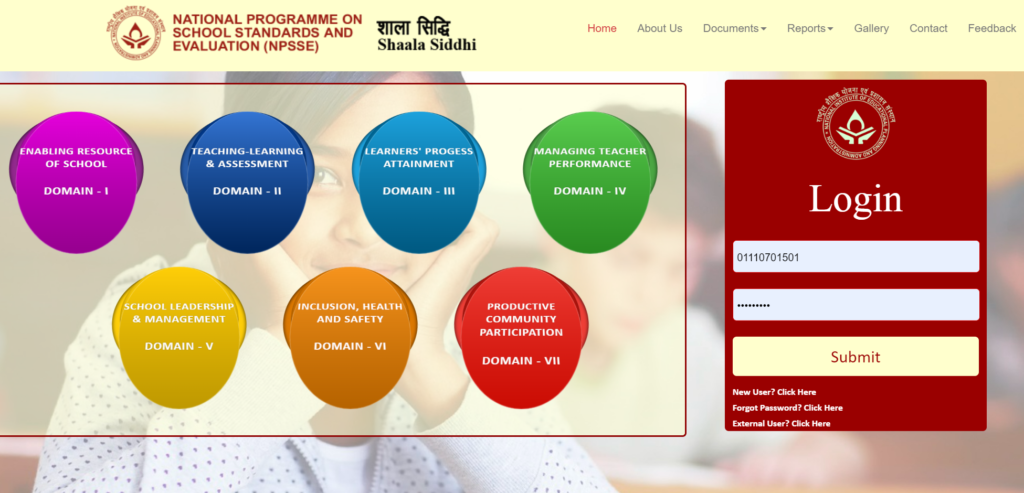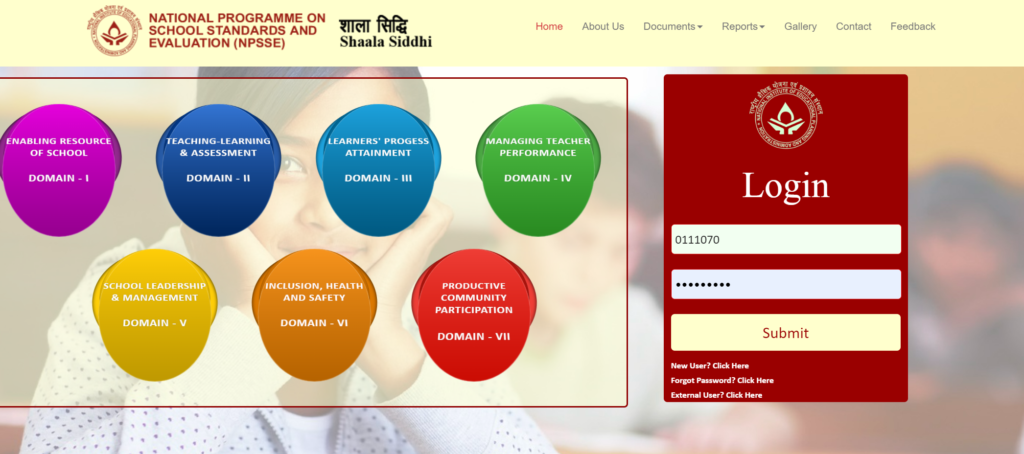Differential Teaching: Revolutionizing Education with Teacher APP:

In today’s diverse classrooms, the one-size-fits-all approach to education is increasingly seen as outdated and ineffective. Recognizing this, the Ministry of Education has launched the innovative Teacher APP, designed to support the implementation of differential teaching strategies. This blog explores the concept of differential teaching, its benefits, and how the Teacher APP facilitates this modern approach to education.
Understanding Differential Teaching:
Differential teaching, often referred to as differentiated instruction, is an educational strategy that tailors teaching methods, materials, and assessments to meet the diverse needs of students. This approach acknowledges that children have varying backgrounds, learning styles, readiness levels, and interests. By embracing these differences, teachers can create more inclusive and effective learning environments.
Key Principles of Differential Teaching
- Student-Centered Learning: Differential teaching places students at the heart of the learning process. Teachers assess individual student needs and preferences and then design lessons that cater to these specific requirements.
- Flexible Grouping: Students are grouped based on their readiness to learn, interests, or learning profiles, rather than fixed ability levels. These groups can change frequently to reflect the evolving needs and progress of students.
- Varied Teaching Materials: Instead of relying on a single textbook or method, differential teaching employs a range of resources, including visual aids, hands-on activities, and digital tools, to cater to different learning styles.
- Ongoing Assessment: Continuous formative assessments help teachers understand each student’s progress and adapt instruction accordingly. This ensures that all students are appropriately challenged and supported.

Differential Teaching:Answer key
In differential teaching, what aspects can you associate with the term ‘different’? You can click on more than one option.
- ✅ Different teachers teach the children.
- ✅ It is necessary to adopt different classroom management methods.
- ✅ It is necessary to assess in different ways.
- Every child in the classroom should have a different curriculum.
Children in our classrooms differ from each other in some ways. Therefore, it is important for the teacher to:
- ✅ Provide different learning experiences
An example of differential teaching is:
- ✅ Customising the lesson to the children’s learning methods
Sabina Ji believes that while teaching children in a classroom, the same instructions, same teaching materials, and the same assessment process should be used. What do you think will be the impact of this kind of thinking on the learning of children?
- ✅ Only one type of children in the classroom will be able to learn successfully.
Mr. Rajat and Mr. Bhaumik are going to teach about the weather in their class. Mr. Rajat plans to make his lesson interesting by using various teaching materials such as charts, models, and colourful pictures. Mr. Bhaumik will first use a K-W-L chart to understand the children’s level and then use teaching materials that involve seeing, listening, and doing activities for the children. According to you, whose class will be differential?
- ✅ Mr. Bhaumik
What is the minimum requirement for implementing differential teaching, i.e., without which differential teaching cannot take place?
- ✅ None of these is the minimum requirement
Bubli goes to school in the morning and sells flowers outside the temple in the evening. She is unable to revise the lessons taught after reaching home, cannot complete her homework, and her writing speed is also slow. Her teacher provides her extra time every day to complete her work and sits with her to solve problems related to the lessons. According to this example, Babli’s teacher is sensitive about which basis of differences among children?
- ✅ Social environment
While planning the lesson, Mr. Manpreet also plans for time management. He writes activities in his lesson plan in advance for those children who finish their work quickly and gives children who write slowly the opportunity to complete their work at their own pace without any pressure. This example indicates a variation of which of the following?
- ✅ Classroom management
What can be the effects of differential teaching on children?
- ✅ Children will learn about their own abilities
- ✅ Children will better understand the teacher and vice versa
- The classroom will appear alert and enthusiastic.
- During differential teaching, can children be divided into groups only on the basis of ‘how ready they are to learn’?
- ✅ No




Pingback: Graphic Organiser:Module 4 Answer Key -